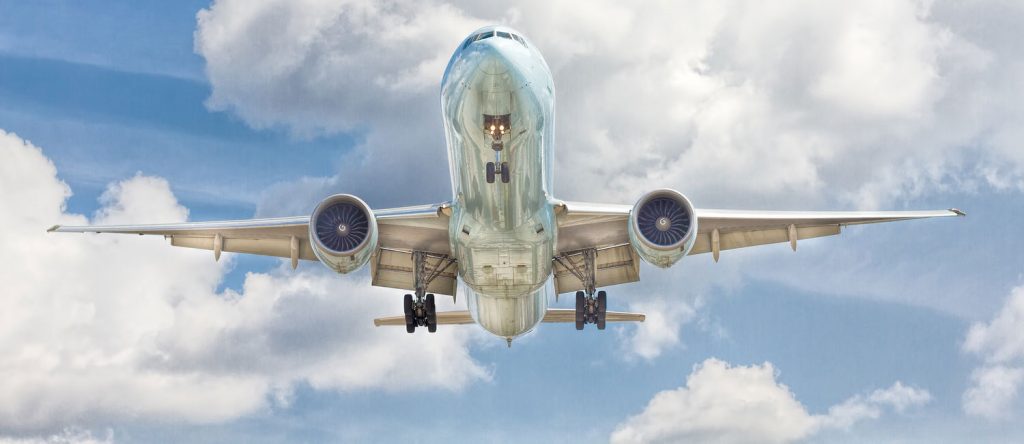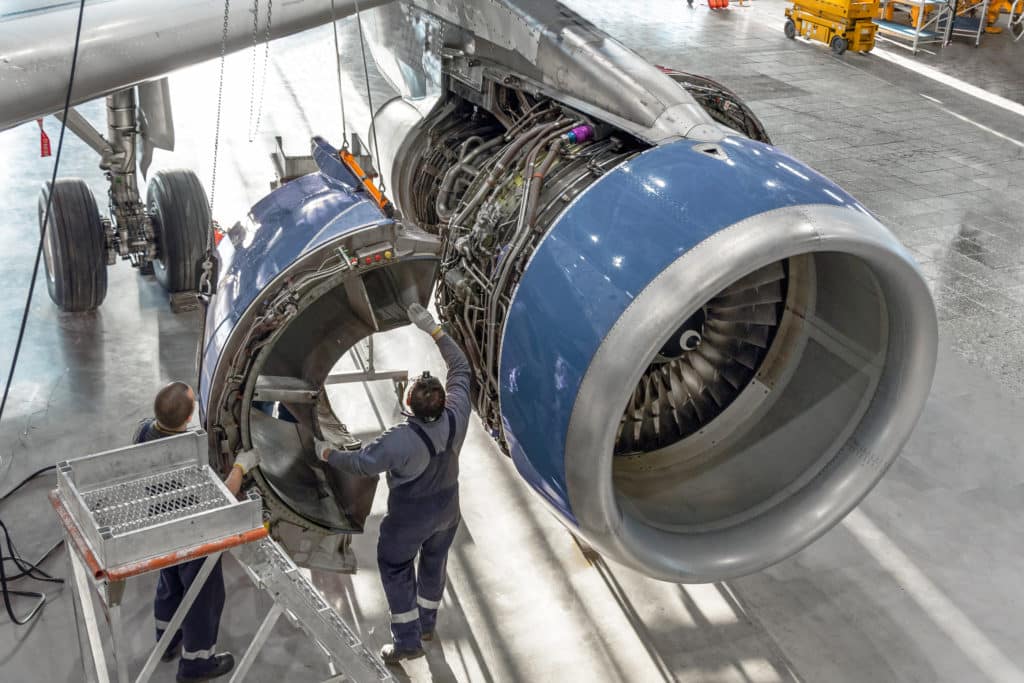 Fleet Care Changes
Fleet Care Changes
Data-driven decisions have impacted fleet care over the last 5 years. Maintenance programs provided by the airframers are fine-tuned using the airlines’ individual fleet data. As fleet requirements change, these programs are reviewed and updated regularly. Additionally, predictive engineering and/or maintenance practices, technologies, and solutions have been implemented in an effort to reduce in-flight failures, delays, reduce Operational Difficulty Index (ODI) events and cancellations. Finally, airlines, such as Delta, have focused on Parts Manufacture Approval (PMA) parts which undergo an extensive review process for implementation into their fleets. Current day, we see a strong emphasis on increasing fleet reliability and decrease fleet care costs.
Trends in Airline Fleets
Though domestic and international flight requirements impact fleet types, other factors such as cost, reliability, fuel economy, fleet age, customer requirements, and load factors also affect trends. Prior to COVID-19, Load Factors (fullness of aircraft) were at record highs, specifically at Delta Air Lines. Delta was flying 3,000 plus flights per day during summer operations and leadership was working on initiatives to increase the number of daily flights to keep up with demand. Considering all factors involved in running a successful airline, fleet types and customer experience are at the top of the list. Passengers traveling internationally on a regular basis require comfort and amenities that do not necessarily impact customers flying domestically. Strategically implementing fleet types throughout the market can positively affect competitiveness while reducing cost – a one size fits all business strategy does not exist. Aircraft such as the B737-900 or A220 provide for a better customer experience than older aircraft such as the MD-88. Replacing outdated fleets with new or newer fleets speaks directly to the customer requirements while positively impacting reliability and fuel economy. The long term impacts of COVID-19 on business and leisure travel has yet to be determined. However, it is in the best interests of airlines to minimize fleet types to reduce the complexity of managing varying maintenance requirements, etc. – specifically during a time where a reduction in force has led to those with the most experience taking on different roles or retiring. Fleet-type trends prior to COVID-19 looked to maximize load factors while reducing fuel and maintenance cost, without compromising customer requirements. Fleet-type trends post COVID-19 have already started to take shape, but with applicable factors weighted much differently.
Fleet Care Ensuring Aircraft are Ready for Flight
Fleet Care varies based on the type of check for the aircraft, Flight Hours (FH) or Cycles (landings). For example, a 3+ month H-Check or Heavy Maintenance Check requires dismantling the aircraft to the point where all wiring is visible. An extensive check of the aircraft is accomplished and new modifications are scheduled to ensure the aircraft receives the benefit of updated modifications or repairs. Each inspection, modification, and repair is documented accordingly based on the instructions included within the maintenance manual or modification instructions. Each fleet has its own maintenance program which is applied differently to different tails in that fleet based on flight or cycle requirements. In contrast, maintenance personnel accomplish a daily check of the aircraft on wake-up prior to starting the day. Maintenance teams ensure the aircraft is ready for flight by checking maintenance logs for any overdue maintenance actions. Additionally, the aircraft is powered up and all system checks are performed.
Advances in Aircraft / Engine Health Monitoring
Boeing’s Aircraft Health Management and Airbus’ AIRMAN are two examples of such advances. Airlines are using both to collect data in addition to health monitoring. Decreased costs with some efficiency gains have been realized to an extent. The aircraft can now send messages to the Maintenance Control Center (MCC) when something fails. MCC can review the data and decide the next steps. This is an obvious improvement over waiting until the component or system fails. As expected, there are limitations with these technologies. Airlines, in particular Delta, have created teams to take this technology further. Machine-learning algorithms can be trained using the available data to predict failures. Airlines and Airframers work together to further develop health monitoring technologies based on lessons learned and experiences.
 How Advances Will Change Fleet Care
How Advances Will Change Fleet Care
The more fine-tuning of a maintenance program, the more flight hours or flight cycles an aircraft can fly prior to getting parked for maintenance. Additionally, scheduled removals of individual components or systems can be implemented to reduce in-flight intermittent failures.
Post-Covid Airline Strategy
The strategy is live and dynamic. It changes daily based on feedback and recommendations from government agencies such as the CDC. To start, reducing cost immediately is essential in order to rebuild. Early retirement of fleets will free up short term operating cash that can be flowed into other aspects of the business. Additionally, early retirements, salary cuts, and capital expenditure reductions are all part of the strategy today, a strategy of survival. As more research is conducted on COVID transmission and as more technologies are implemented to reduce the potential for transmission, this strategy will most likely be revised. Post-Covid, it will be survival of the fittest and the airlines that implement the most effective maintenance technologies, reduce costs associated with No Fault Found (NFF) and ODI events, while keeping delays and cancellations low, all while doing it delivering a positive customer experience are best positioned post-pandemic. The path forward will be difficult.
We believe it will take years to build back business travel customers in the post-Covid era. Companies that depended on the airlines to deliver them to London, Dubai, Washington, D.C., etc. for meetings are now leveraging advanced communication platforms like Zoom and Microsoft Teams to conduct the same meetings. Business travelers or “high-value” customers that flew hundreds of thousands of miles each year for face-to-face meetings are now accomplishing the same things from a home or remote office. While the lack of regular business travel is financially detrimental to the airlines, it can be financially beneficial for cost reduction and Covid-19 transmission risk mitigation for many companies.

 Fleet Care Changes
Fleet Care Changes How Advances Will Change Fleet Care
How Advances Will Change Fleet Care
